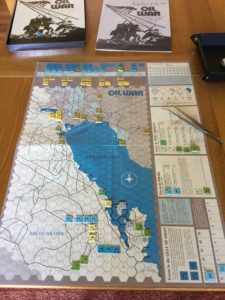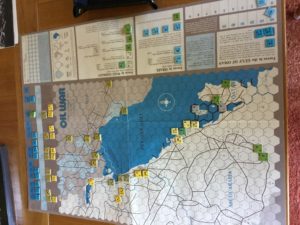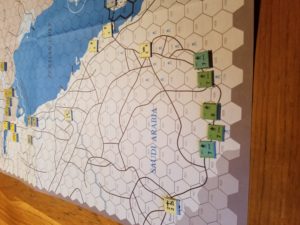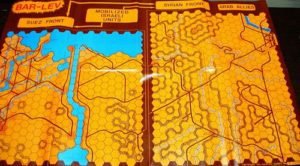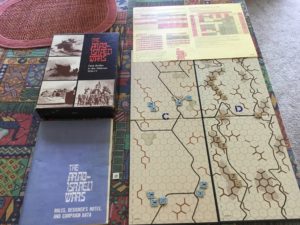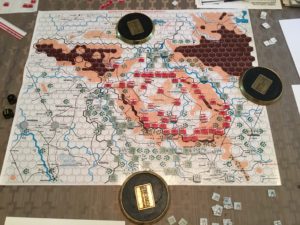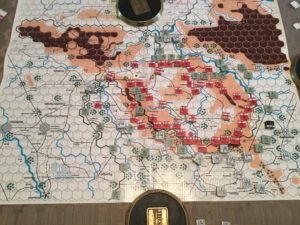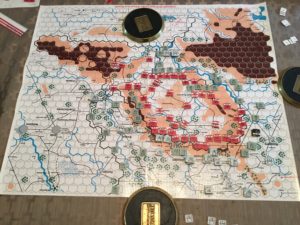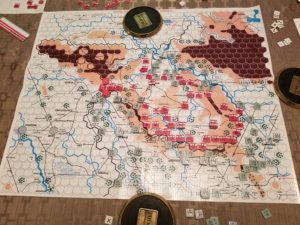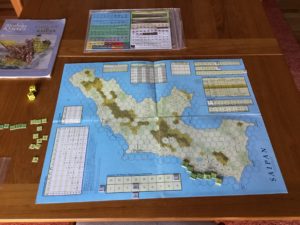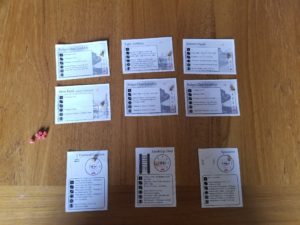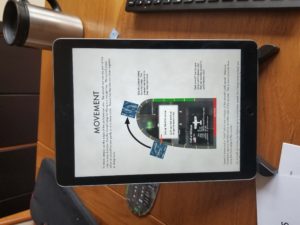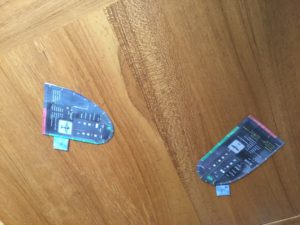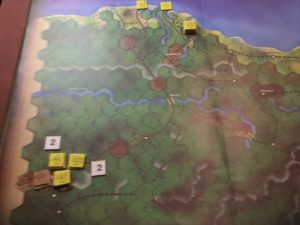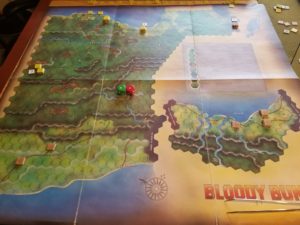Finished off a long and torturous session with the venerable and highly rated Panzergruppe Guderian.
Getting it on the table was a lengthy process. Purchased on E-Bay eons ago. Arrived in fetid condition, probably stored in a basement in Missouri for the past 20 years. No slur on The Show Me State, as I lived there for 10 years, and had a number of games go bad in the humidity.
Game spent about 6 months in a car freshener laced garbage bag along with some really smelly Osprey Men At Arms books. Rules had to be copied since the originals were falling apart. Lucky the copier didn’t succumb.
It is a fun play, until the German player has to get involved in (I think unavoidable) attritional showdowns at or east of Smolensk.
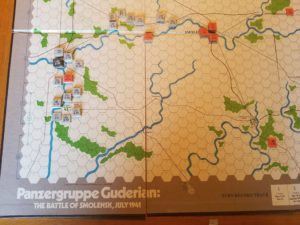
The unknown Soviet unit strengths make it a very good solo game. The Soviets keep throwing units into hasty defensive lines, while the Germans try their best to outflank them, and wait for their infantry to appear, sew up the pockets, and get the ZOC kills. Unfortunately, the infantry units are a little late in getting on the map.
My mistake was to leave armored units to seize Smolensk, rather than push them east. Again, if I’d been more patient, the infantry would eventually have arrived. But, time is of the essence in this game.
Also, once a unit is in contact, it is committed and can only leave its opponent’s ZOC through victory or an unfavorable combat outcome. Panzer losses reduce the ability to attack at doubled strength.
So, why long and torturous? Just couldn’t bring myself to get muddy and bloody east of Smolensk once the Soviet defenses had really coalesced. Kept looking at the game table and finding beer to drink and/or chores to do.
The key to this last defensive line was using Soviet commanders – who have a command radius allowing units to use full movement – as “shepherds” to help units into action quickly. Rail movement is limited, and the German interdictions drastically reduce rail movement. So, getting everyone moving west is a Soviet priority.
The Soviets also have a limited interdiction capability. This is limited to twice a game, but given the German line of communications bottleneck, an interdiction reduce literally all German units east of Smolensk to half strength during that turn. Timing here is critical for Soviet success.
By Turn 8, it was coming down to one turn of die rolls for the Germans. Without a breakthrough, stalemate. Rolled them, and the Germans remained locked up, with only a limited reserve too weak to continue east.
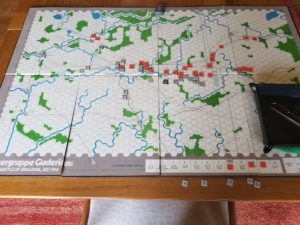
A marginal victory for the Germans.
